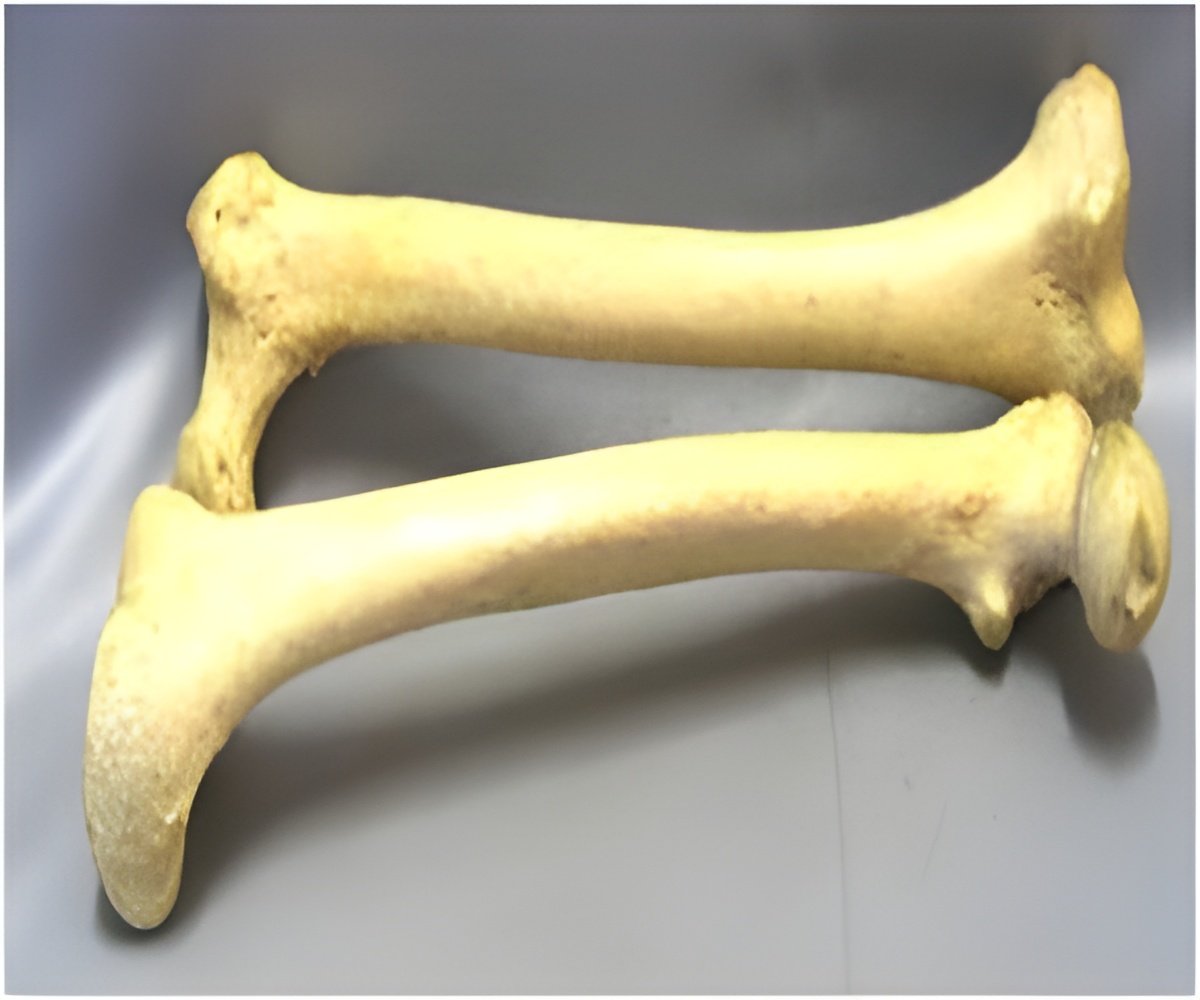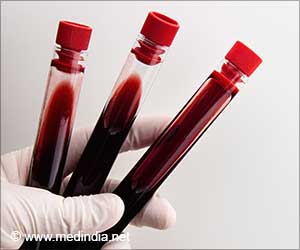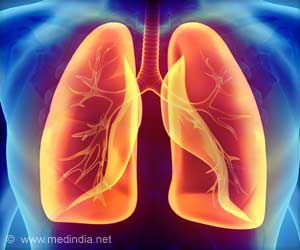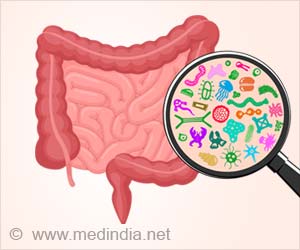3D-printed bones have been developed using bio-ink containing living cells at room temperature that hardens within minutes of mixing with the body fluids.

‘3D-printed bones have been developed using bio-ink containing living cells at room temperature that hardens within minutes of mixing with the body fluids. Using this technology, the bones can be created on the spot, inside the medical rooms.’
Read More..




The study is conducted by the team at Australia's University of New South Wales-Sydney.Read More..
The scientists used a technique called as ceramic omnidirectional bioprinting in cell-suspensions (COBICS). The gel is 3D-printed directly into the bone cavity instead of having to surgically remove a piece from a different location. After being exposed to the bodily fluids, the material hardens within minutes and converts to mechanically interlocking bone nanocrystals.
Although the act of 3D-printing bone-mimicking structures is not new, the current study allows the process to be done at room temperature for the first time and the bones can be created on the spot inside a medical room by using the patient's own living cells.
Dr Iman Roohani from UNSW's School of Chemistry said, “This is a unique technology that can produce structures that closely mimic bone tissue. It could be used in clinical applications where there is a large demand for in situ repair of bone defects such as those caused by trauma, cancer, or where a big chunk of tissue is resected.”
Earlier, a piece of bone from a different location in the body had to be removed by surgeons whenever needed and a 3D-printing was available only in laboratories by fabricating the structures using high-temperature furnaces and toxic chemicals.
Advertisement
According to the scientists, the special ink made for the process forms a structure that is chemically similar to bone-building blocks. The ink is formulated in a way that the conversion is quick and also it is non-toxic in biological environment. The ink is activated only when it is exposed to the body fluids and this provides ample working time for the surgeons.
Source-Medindia











